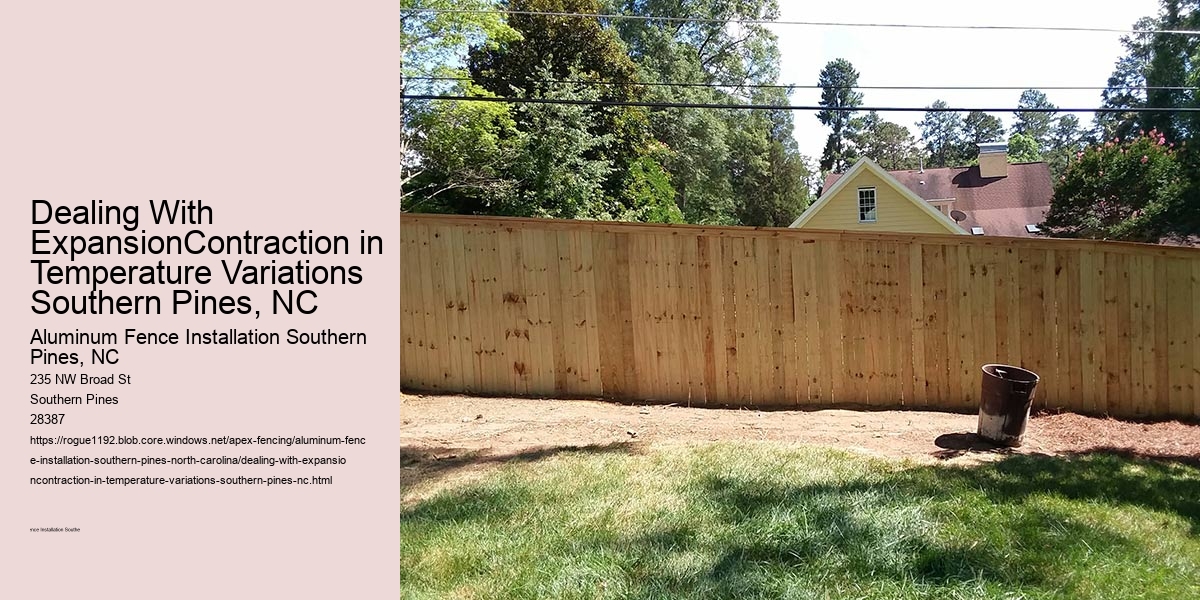In the charming town of Southern Pines, NC, nestled amidst the whispering pines and verdant landscapes, lies a subtle challenge that residents and engineers alike must gracefully navigate: the ceaseless dance of expansion and contraction brought about by temperature variations. This rhythmic fluctuation is not merely a trivial waltz but an intricate tango with nature's forces, one that demands attention and ingenuity.
The essence of this thermal ballet lies in the materials' intrinsic characteristics – be it the asphalt roads that ribbon through the town or the quaint wooden facades of homes that proudly display their Southern heritage. Each material, like an individual dancer, responds uniquely to temperature changes. On sultry summer days, these substances swell with heat, expanding as if drawing a deep breath. Conversely, in winter's icy grip, they contract as though bracing against the cold.
To contend with these inevitable shifts without succumbing to damage requires forethought akin to that of a chess grandmaster contemplating a strategic move. In construction and urban planning especially, this means allowing for 'joints' or gaps – intentional spaces within structures or between structural elements designed to absorb movements caused by thermal changes.
Consider the example of sidewalks: those seemingly innocuous slabs are segmented precisely for this reason. Without such cunningly placed joints, concrete paths would crack under pressure like ice on a frozen lake come springtime thaw. Similarly, railway tracks are equipped with expansion joints to prevent warping or even potential derailments as metal rails elongate under sweltering heat.
Moreover, architects designing domiciles for Southern Pines' residents take into account not only aesthetics but also practicality when considering expansion and contraction issues. Choices in materials can make significant differences; some opt for modern composites engineered for stability over traditional woods more prone to warping.
Yet it isn't just static structures affected by these temperamental temperature swings; even water systems must respect this natural law. Pipes laid underground are subject to both external environmental temperatures and internal fluid warmth fluctuations—each capable of inducing expansion or contraction—thus necessitating careful planning to avoid ruptures.
Indeed, dealing with expansion and contraction is an art form married seamlessly into everyday life in Southern Pines—a testament to human resilience and our ability to adapt our creations harmoniously alongside nature’s dictates. Our endeavors here mirror life itself: ever-changing yet perennially searching for balance amidst constant change.
Resolving Soil Erosion Around Posts Southern Pines, NC

